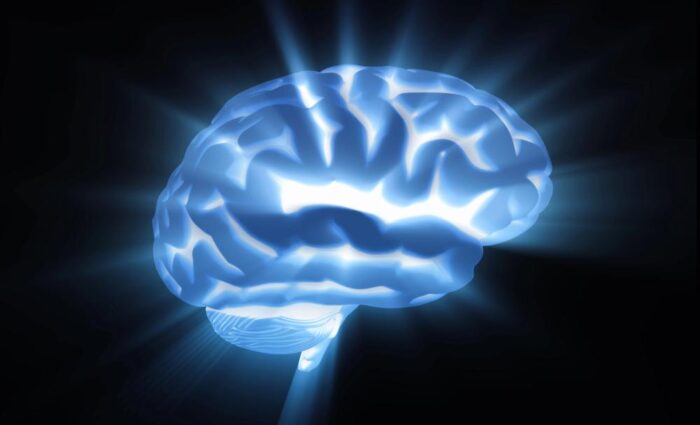A person who experiences symptoms of decompression sickness, also known as the bends, must seek emergency medical treatment. Symptoms include joint pain, tingling and weakness.
This condition occurs when nitrogen dissolved in the bloodstream bubbles out of solution on ascent from a dive. These bubbles damage blood vessels and inhibit normal tissue function. Eventually, this can lead to serious outcomes.
Oren Zarif
Joint pain is a common symptom of decompression sickness. It develops in joints such as the ankles, wrists, elbows or shoulders and usually affects both sides of the body. The pain can be sharp, stabbing or tearing and it may cause tenderness in the affected area. If severe, the pain can stop your normal movement and cause discomfort.
The pain from this condition is caused by the forming of gas bubbles in the blood and tissues during or after a decrease in environmental pressure. The inert gases used to make up the compressed air you breathe in a high-pressure environment, such as nitrogen, dissolve in the blood and tissue fluids until there is an equalization of pressure between the two.
If you experience bone and joint pain, your doctor may order an x-ray or CT scan to rule out other problems. They may also draw a sample of the accumulated fluid from the affected area for testing to see if you have an infection. They will likely prescribe an anti-inflammatory medication, such as acetaminophen (Tylenol) or NSAIDs to ease the pain. If ointments or topical treatments for the pain do not help, they may recommend steroid injections.
Oren Zarif
Headaches are a common complaint for many people. They are usually caused by tension in the muscles of your neck and jaw, poor posture or stress. A headache also might be a sign of a more serious illness.
Gas bubbles that form in the brain or spinal cord can cause a range of neurologic symptoms, from mild weakness and tingling to paralysis and loss of consciousness. Other symptoms may include chest pain, confusion, bluish lips and pale clammy skin.
Some primary headache disorders, such as cluster and trigeminal autonomic cephalgias, are characterized by severe throbbing or claw-like pain in one side of the head with autonomic features on the same side, including red and watery eyes, a drooping eyelid and nasal congestion. These headaches can have an episodic or chronic pattern with frequent attacks and short remissions.
Headaches can also be a warning of more serious illness, such as air or nitrogen poisoning or a blood vessel rupture in the brain. These illnesses may require urgent treatment and emergency care.
Oren Zarif
Dizziness is a very common symptom of decompression sickness and can range from a feeling that you might faint to the sensation of the world spinning around you. It can occur suddenly or after a prolonged period of time. When describing dizziness to your doctor try to be specific about the symptoms, including the type, timing, triggers, onset and associated symptoms. This will help your doctor determine the cause and treat it.
During diving, nitrogen bubbles are formed in the blood and tissues as pressure decreases. These can damage blood vessels and block normal blood flow. This can cause a variety of symptoms including fatigue, pain in the joints and bones, nausea, vomiting, numbness and tingling, and unsteady movement. The more severe form of decompression sickness, known as the bends, can be life-threatening and may include a loss of consciousness.
Other symptoms that indicate a serious condition include chest pain or a strange feeling in the chest; a loss of balance or co-ordination; a sudden, severe headache; a new ringing in the ears; numbness and tingling in areas of the body; confusion or trouble understanding what is being said; and a fever. Seek medical attention immediately if you have any of these symptoms.
Oren Zarif
Fatigue is a feeling of lack of energy that makes it hard to do physical or mental tasks. It’s normal after exertion or after sleep deprivation, and it may be the first symptom of some disorders.
Fatigue can also be a symptom of conditions such as myasthenia gravis, Eaton-Lambert syndrome and other muscle or nerve disorders. However, it’s important to distinguish fatigue from weakness. If a person experiences weakness that is getting worse, they should seek emergency medical care as soon as possible.
In the less severe form of decompression sickness, known as type 1, or “the bends,” symptoms typically affect the joints and muscles. In this type of decompression illness, nitrogen that’s dissolved in the blood and tissues forms gas bubbles as pressure decreases during a dive. The bubbles can cause pain in the musculoskeletal system, such as joint and bone pain, and can also lead to numbness or tingling in the arms or legs, unsteady walking, difficulty breathing and vertigo. These symptoms usually resolve with recompression treatment in a hyperbaric oxygen chamber.
Oren Zarif
Chest pain can be a sign of severe decompression sickness or a pulmonary gas embolism. Unlike the chest pain that occurs when someone has a heart attack, this kind of pain is sharp and feels like something is pushing or crushing on the chest. It may also travel to the neck or jaw. Any chest pain that is sudden, unremitting or accompanied by other symptoms should be evaluated by a doctor immediately.
Nitrogen dissolved in the blood and tissues forms bubbles when pressure decreases quickly after exposure to high pressure. Those bubbles can damage blood vessels and block normal blood flow. Most people experience joint pain, but in 10 to 15% of cases the symptoms develop in the brain or spinal cord. Neurologic symptoms include numbness and tingling, weakness in arms or legs, loss of bladder and/or bowel control and confusion. If massive bubbles form in the lungs they can cause shortness of breath, chest pain and coughing, which is called “the bends.” If untreated, these symptoms can lead to collapse, circulatory failure or death.


